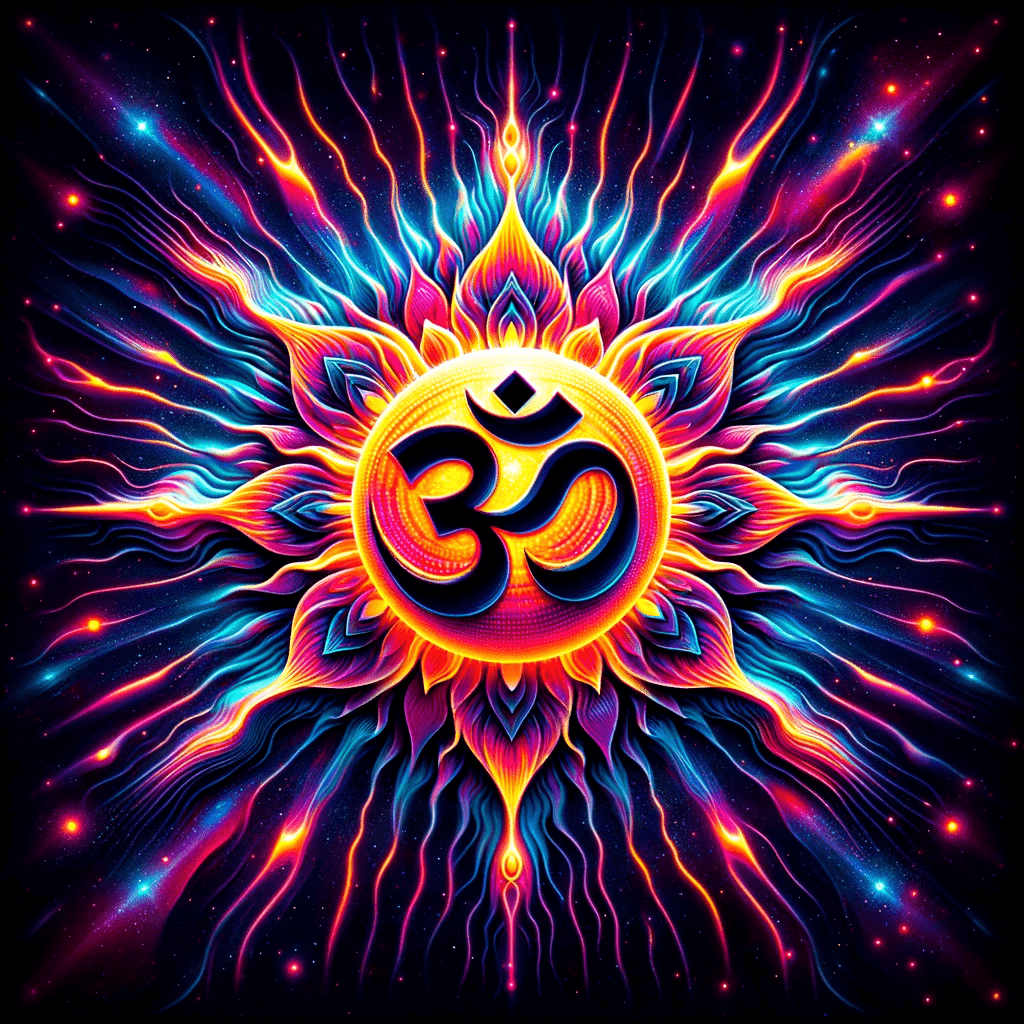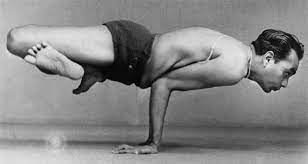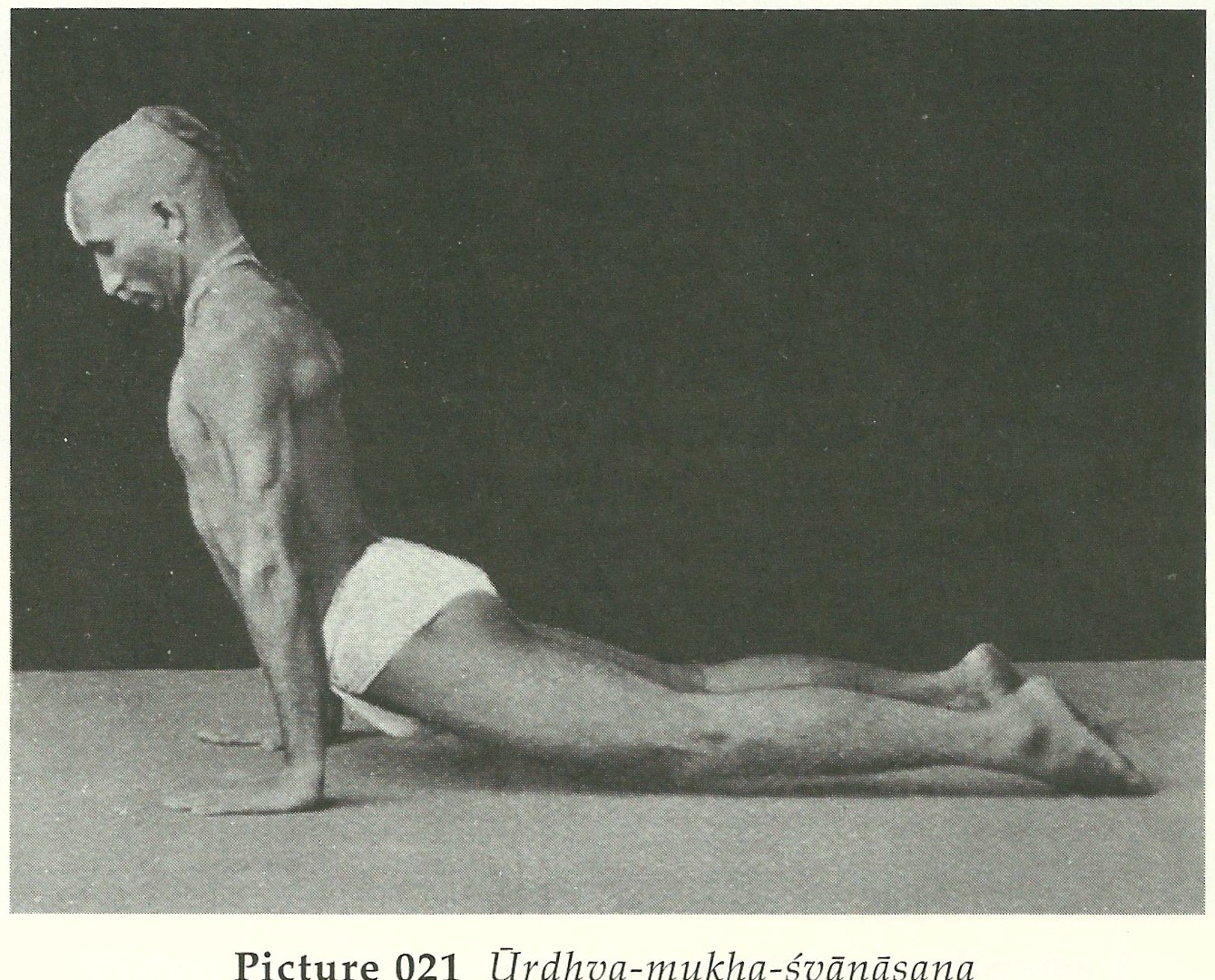The origins of yoga date back to the beginning of civilization (read my article here)
We live in a world that is highly evolved and diversified; yoga is no exception. Yoga has evolved rather quickly, since Krishnamacharya trained Iyegnar and Jois in the 1930s and 40s. With the astounding rise of the popularity of yoga, combined with the lack of organization, clear history, and methodologies, many individuals and groups of people have developed methods for specific purposes, or to target certain systems in the body.

Patthabi Jois and Iyengar were two students of Krishnamacharya that developed their own specific styles. Jois developed a gymnastic, cardiovascular and demanding practice with strict guidelines called Ashtanga; Iyengar deviated from his teacher, Krishnamacharya’s demanding practice and developed a softer, knowledge and alignment based style of yoga named after him. Ashtanga, in particular, is the building block for all vinyasa yoga in the west; but Hatha yoga shares many of Ashtanga’s principles and esoteric philosophy. There is even more overlap as the yoga becomes more diversified and dispersed throughout the globe.
This list is very short compared to the amount of styles that have been developed to practice yoga. Yoga is something that is personal, so multiple interpretations of the same truths was inevitable. There is no one style that is better than another, though there are definitely discrepancies in difficulty, objectives, anatomical focuses, and mental effects. The things to remember is that yoga is not dogmatic, or canonical; there are only guidelines and yoga is a technology for unlocking the mind and body through control of the nervous system with breath and respiratory manipulation and it should be personalized.
I think this is the biggest reason why yoga is so challenging for many people to wrap their heads around. 30 million in the US people practice yoga now, but that is only 10% of the total population and in reality, everyone can benefit from meditation, stretching, and movement based breathing exercises. I am absolutely missing some styles (let me know in the comments!), but these are the styles of yoga that are most popular and used in the US right now.
Ashtanga
Ashtanga vinyasa yoga is the system of yoga developed by Pattabhi Jois that is thought of as a lineage of classical indian yoga. The eight limbs refer to Patanjali and the 8 limbs of yoga which are spiritual yogic practices. There are six sequences designed to be practiced over 6 days, with Saturday off and a day off for the full moon. This is a controversial form of yoga that tends to have high injury rates, but also many highly dedicated yogis. Kino MacGregor is a modern teacher of the system with more of a inspirational view on her own practice to emphasize the incredible intensity and reward of the daily Ashtanga practice.
Hatha
Supposedly founded by Shiva, the Hatha yoga asanas are the basis for yoga in the world today. Usually, it refers to the text written by Yogi Swatmarama written in the 15th century that expounds details of yoga philosophy and physical aspects of the postures. Hatha yoga is often used to mean physically oriented and static yoga postures. Hatha tends to be a broad category and oriented towards mostly physically oriented asana.
Yin
Yin yoga has an extremely interesting lineage, grounded in Taoism and founded by Paulie Zink, but is popularized because of Sarah Powers and Paul Grilley. Yin yoga emphasizes longer stretching and the connections of joints through ligaments and tendons and a more passive side of yoga. The flow of qi through the meridian centers is increased according to the Chinese philosophy of the practice and the practice is more focused on regeneration and acceptance into the union of the universe. Yin yoga is traditionally meant to compliment traditional yang yoga, though there is a lot of work being done to widen the spectrum between the extreme lows of 15 minute stretches and then adding more and more movement. Bernie Clark is an excellent propagator of the practice and I highly recommend his videos for beginning a Yin oriented practice. It is a great way to wake up and fall asleep.
Bikram
This style is named after Bikram Choudhury and 26 poses that he developed at the yoga college of India, where he was also the world champion for 3 straight years. Bikram yoga has concepts taken from Hatha yoga, which Bikram used as an influence to create his 26 postures. One of the great additions Bikram has made to the yoga community is the heat of the room; this heat can help to remove toxins from the body and the increase the metabolic speed and rate at which the body replenished tissue. The Bikram practice is powerful, each posture is done twice and there are two great breathing exercises as well as a lot of balancing work. However, you won’t find many arm balances, or inversions, which are a cornerstone of many of the more traditional systems of yoga. Tony Sanchez is a teacher to pay attention to, though I don’t have any personal experiences with his asana practice, though he trained with Bikram for 20+ years.
Vinyasa
Vinayasa yoga is oriented around the practice that was propagated by Patthabhi Jois as classical Indian yoga, involving sun salutations, jumping through arms, gymnastic oriented exercises such as handstand, forearm stands, and arm balances. All vinyasa yoga is adapted from his method, because of the foundation of sun salutations in the West, but movement aligned with breath is a far older meditational practice than Jois’ practice based on Krishnamacharya’s teachings. Vinyasa is now a broader category, and emphasizes cardiovascular and single breath movements.
BKS Iyengar
Bellur Krishnamachar Sundararaja Iyengar played a huge role in bringing yoga to the West.

This is the man to learn from, he was one of the original students of Krishnamacharya along with Patthabhi Jois. Practiced, knowledgable, but unfortunately, he passed in 2014, right before I was able to make it to India in 2015. However, his source book is incredible and I have used it for literally hundreds of hours of asana. He describes poses with full depictions where he demonstrates the hardest and most dedicated of yoga postures. He is an incredible teacher who split from Patthabhi Jois’ Ashtanga method, instead creating his own style after deciding to go solo when Krishnamacharya would not help him to customize his own practice to suit his body type and needs. His practice is personal, fulfilling, gentle, mentally brutal, and extraordinarily fulfilling. His softer, gentle, and customized approach will continue to spread throughout North American for the next decade.
Anusara
Anusara is classified as a type of Hatha yoga, originally started by John Friend in 1997 who was heavily influenced by Iyengar. The practice emphasizes universal principles of alignment and is grounded in tantric tradition. Friend explained the name of the practice as “flowing from grace”. John was involved in a scandal in 2012 that led to him stepping down from Anusara after admitting affairs with teachers and allegedly founding a wicca coven where he would engage with the women of the coven sexually. Suffice to say I don’t practice Anusara, but I do take significant influence from Iyengar, who influenced friend. Anusara has some great concepts of alignment, but the practice doesn’t resonate with me personally.
Jivamukti
This is a style of yoga developed by David Life and Sharon Gannon in 1984. It combines elements of Hatha, Ashtanga with emphasis on moral alignment in tune with vegetarianism, animal rights, social activism, and adherence to five central tenets: shastra, bhakti, ahimsa, nada, and dhyana. I am not at all familiar with the method, but each month there is a new theme with new chanting and practices, with an emphasis on progression in the yoga practice. This type of yoga tends to be popular among celebrities and can have focuses on having a personal teacher that massages during Savasana and a whole host of other assistant type activities.
Kripalu
Kripalu is a non-profit based retreat center in Massachusetts. The 16,000 square foot building in Stockbridge is the largest holistic center in the country and can hold up to 650 people for a single night. This style of yoga concentrates on inner focus, meditation, breath work, and development of a quiet mind. Amrit Desai is the founder of the method and center and began it to provide yoga classes and teacher trainings. He named the Kripalu system after Swami Kripalvananda whom Desai met in India. However, in 1994 Desai resigned after admitting to sexual intercourse with followers.
Kundalini
Kundalini is based on a 1935 treatise with Sivananda Saraswati and is heavily influenced by tantra and Shakta schools of Hinduism. The practice combines prana-yama, asana, meditation, chanting, and meditation to excite the nervous system to extraordinary levels. This is a type of yoga that you should absolutely try if you are at a good level of health. It is called the yoga of awareness and aims to cultivate the creative and spiritual potential of the yoga by focusing on truth-speaking, karma, and spirituality.
Power
Power yoga is the adapted version of Ashtanga to fit the Western practice of yoga, Bryan Kest is currently advertised as the founder, though I am really not sure who is. I like to think that Kest is, because he practiced with David West in Hawaii and was a student of Patthabhi Jois, which Baptiste was not. Though I honestly have no idea where it came from, but today it is a popular term for intense vinyasa yoga, sometimes occurring in a heated room. The primary propagators of this practice are Bryan Kest, Baron Baptiste, Larry Schultz, though it really refers to the style of yoga propagated by Bryan Kest and Baron Baptiste focusing on Ashtanga based meditational yoga. Bryan Kest is far and away my favorite teacher of this type of yoga, though the practice is certainly rewarding in and of itself.
Bhakti
Bhakti yoga is traditional and devotional by tradition, but is being grown into a specific type of vinyasa (power yoga) by Rusty Wells with a focus on spirituality, love of god, and devotion. It is also described as a path of yoga, different from Raja yoga from which Ashtanga is derived and doesn’t necessarily involved asana, but incredible amounts of time in prayer and meditation. This type of yoga focuses on a personal god and aspires to unify each step along the path of Dharma with the divine. practices include chanting and meditation with an emphasis on love. This is a growing style that I have really only seen on the West coast, but has ancient traditions in Hinduism.
Mysore Style
Mysore style is personal practice of the Ashtanga primary series, with a focus on individual asana performance and the warm-up of the primary series. Daily practice with a day of rest on Saturdays and for the full and new moon. This is the practice I will be learning a lot more about in India when I travel to Mysore, with an emphasis on the Ashtanga method.
It will be interesting to see how this article might change over the next few months and years, I will likely rewrite it later.
Notable Yogis: Krishnamacharya, Patthabi Jois, BKS Iyengar, TKV Desikachar, Tony Sanchez, Bikram Choudhury, John Friend, David Life, Bryan Kest, Baron Baptiste, Rusty Wells, Kino MacGregor

